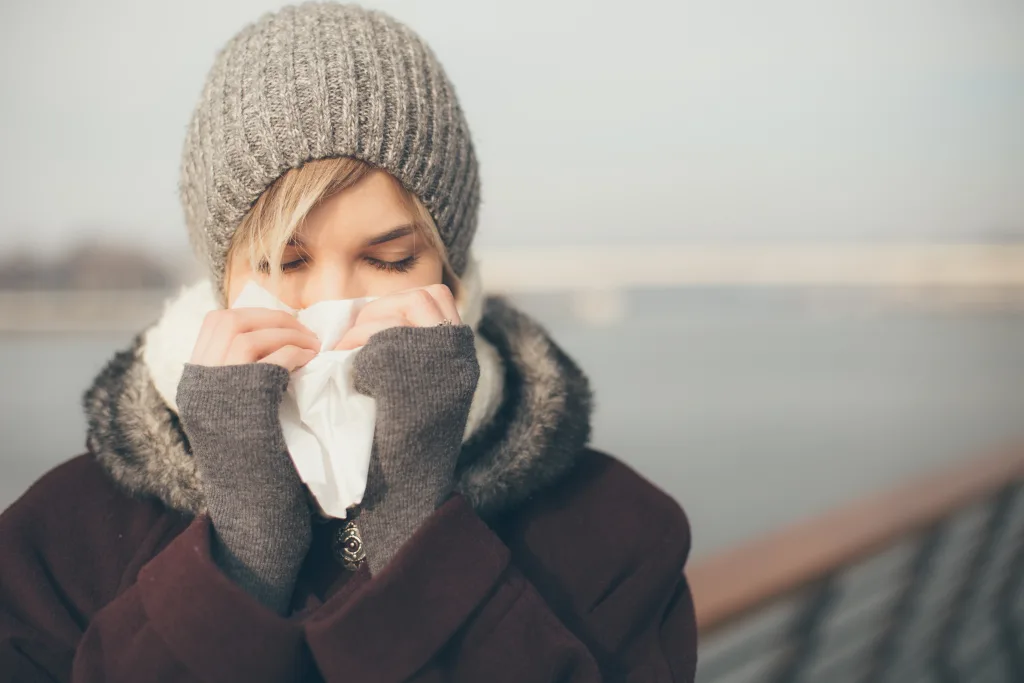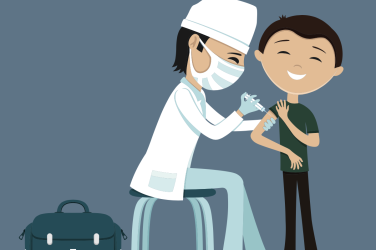
By Pete Alfano
It’s that time of year again for colds, flu, allergies, and, yes, COVID-19.
Respiratory illnesses increase during the winter months primarily because people tend to spend more time indoors, and classrooms are a Petri dish of germs that school children bring home to the rest of the family. Researchers also say there is some evidence that cold air damages the immune system through the nose.
Since flu strains change from year to year, the antibodies we built up the previous winter may not prevent the strain of flu that’s making the rounds this winter. So, unless you’re opposed for any reason, everyone in the family should consider getting this year’s flu shot and a COVID-19 booster. The RSV (respiratory syncytial virus) vaccine, which targets lower respiratory tract disease, is also available and recommended by the Centers for Disease Control for adults 60 years and older.
Of course, there are several ways to keep you psychologically and physically healthy during the winter when the temperature drops and there is much less daylight. Experts say hydration is as important as it is during the summer months because heating the house and cold weather outdoors make the air dry. Keep the thermostat between 70 and 72 degrees during the day and about 68 degrees at night to provide a more restful sleep. A humidifier in the bedroom adds moisture to the air and eases
nighttime congestion.
Spend time outdoors. Kids should be out playing, and adults can walk to help minimize Seasonal Affective Disorder (SAD), popularly known as the winter blues. Take advantage of what sunlight there is. Dress in layers, especially if the temperature dips to freezing or below. Exercise will help you and your family avoid winter weight gain, especially during the holiday season.
Stock up in advance on throat lozenges, cough syrup, ibuprofen, decongestants, and saline nose spray so you can begin treating cold or flu symptoms when they first start. Have rapid at-home tests available to help determine whether anyone in the family has COVID-19. The symptoms of COVID-19, the flu, a cold, and allergies are often similar, so it’s important to know which ailment you have. Ask your primary care physician for a prescription for an anti-viral medication like Tamiflu that can be taken when a family member has been exposed to the flu and who is OK’d by the doctor to take it.
Good nutrition is important during every season but may be more crucial in the winter when our immune system is more vulnerable. Supplements such as Vitamin D, B12, C, A, and K are important for children five and younger, especially if they are reluctant to get them from natural sources such as squash, carrots, kale, and other leafy greens. Remember to consult with your child’s pediatrician before starting your child on any vitamins or supplements. Fruit also supplies vitamins, and the water content is a source of hydration. This is good advice for adults as well.
Practice good hygiene. That means washing your hands thoroughly before and after meals. Also, try to encourage children not to rub their eyes or nose and put unwashed hands in their mouths. These are the primary ways bacteria spread all year round, but winter makes all of us more vulnerable.
A good night’s sleep is vital because it gives the immune system a chance to recover, like recharging a battery. Medical experts recommend up to 10 hours of sleep for young children. In addition to sleep, adults can indulge in a massage to reduce stress. Studies also show that massages may strengthen the immune system.

Vaccine Timing
In the early days after the COVID-19 vaccine was introduced, the Centers for Disease Control recommended a two-week wait between getting a flu shot and a COVID-19 booster. That cautious approach allowed people to recover if they had a mild reaction to either of the vaccines, which could include headache, body aches, and low-grade fever. Now, however, the CDC has approved getting both vaccines at the same time and suggests getting one vaccine in each arm instead of both in the same arm. This will spare families with children from making two trips to the doctor’s office or pharmacy. If you’re uncertain about vaccine decisions, please talk with your doctor for guidance.










